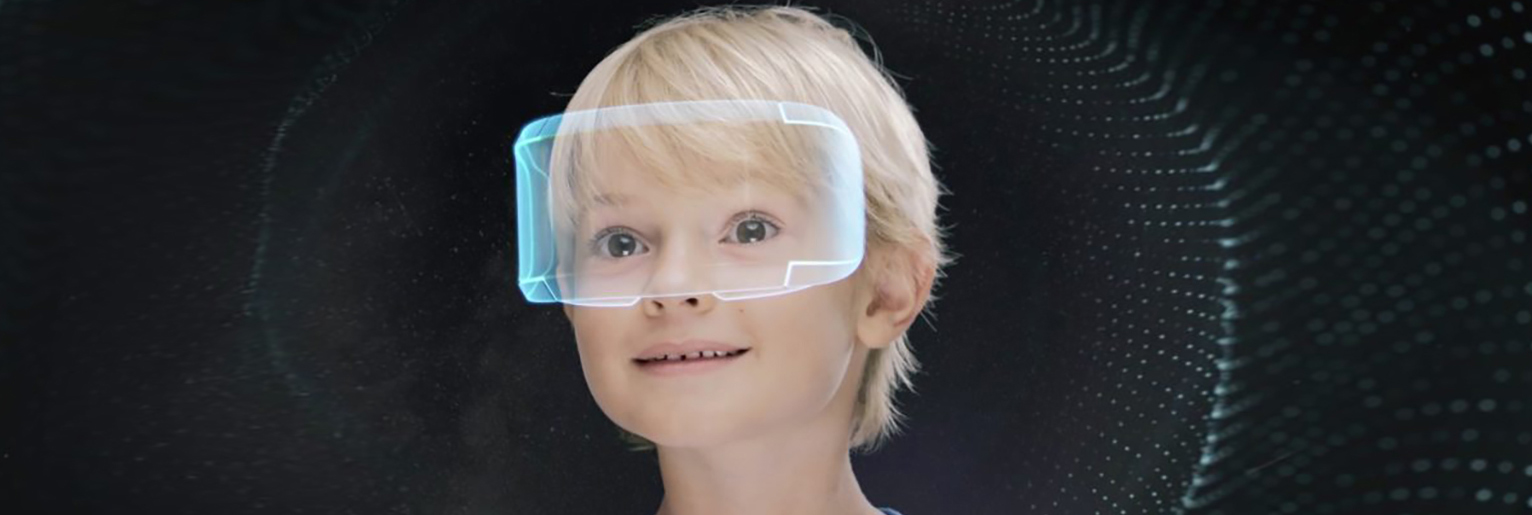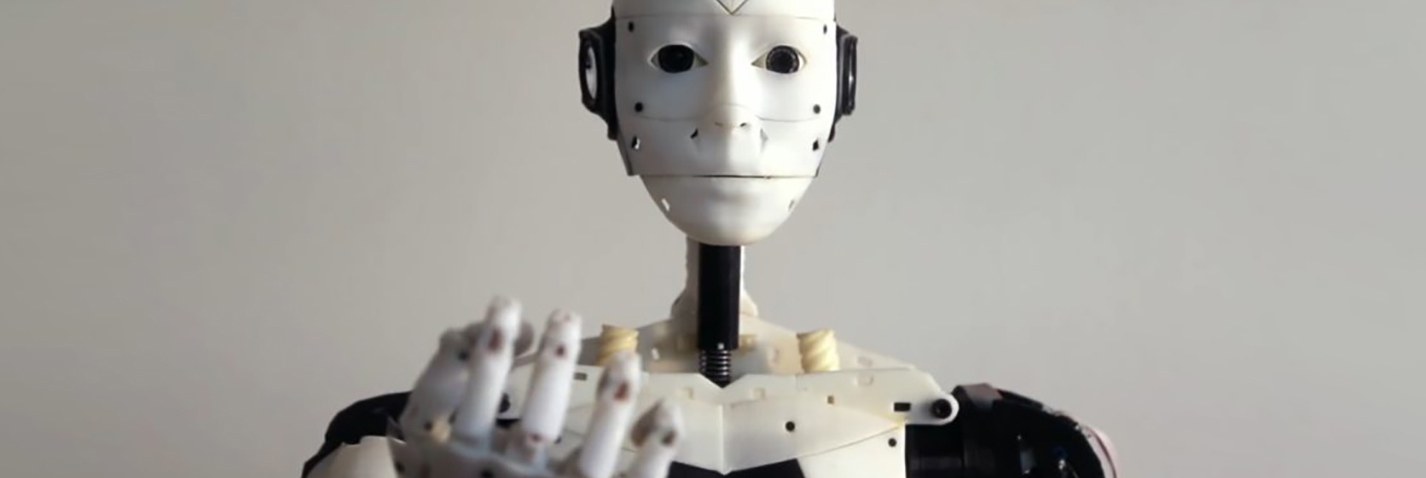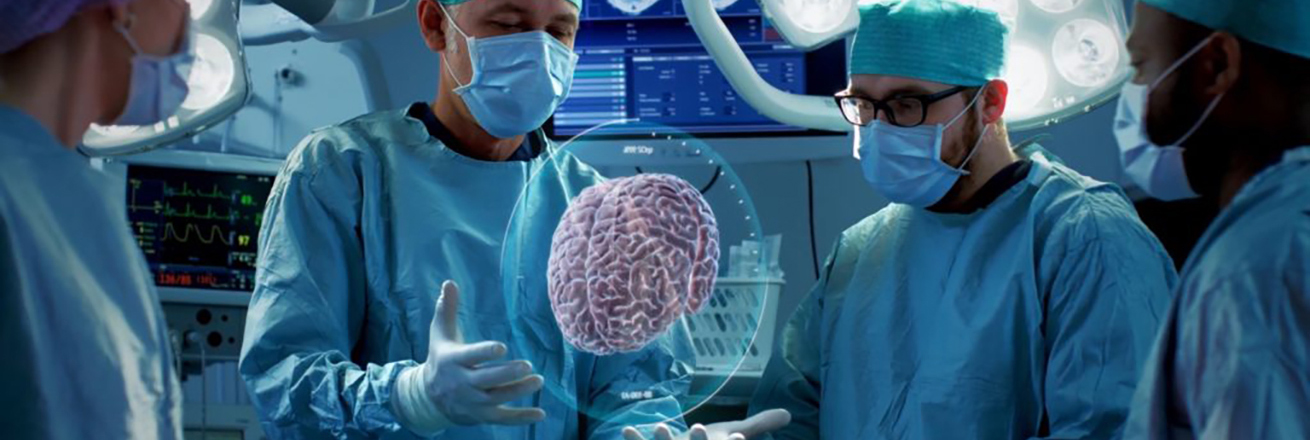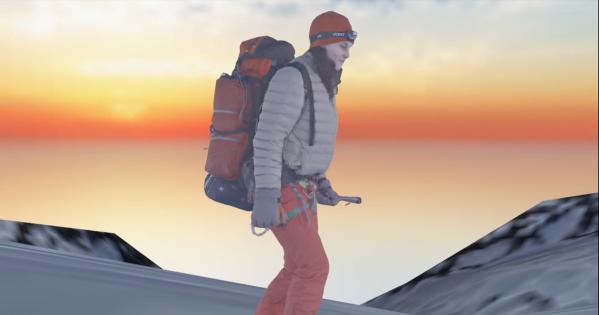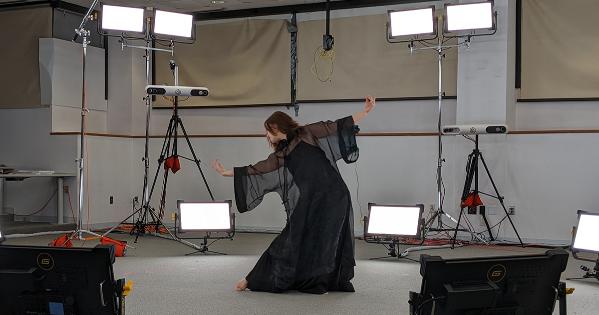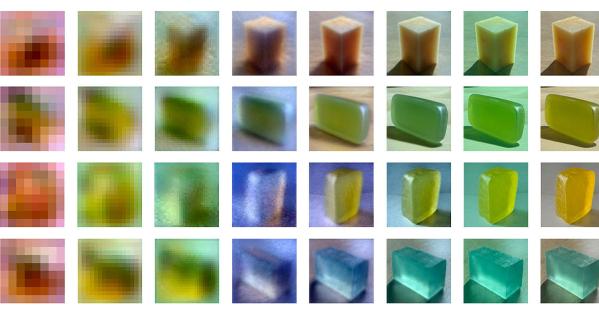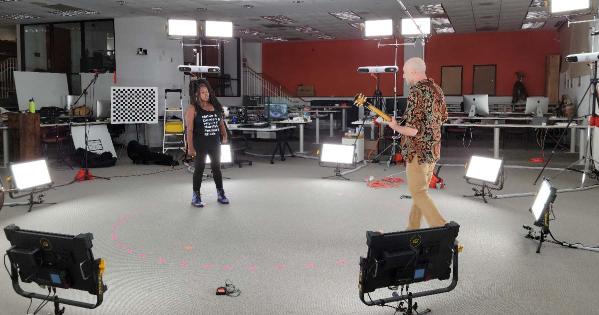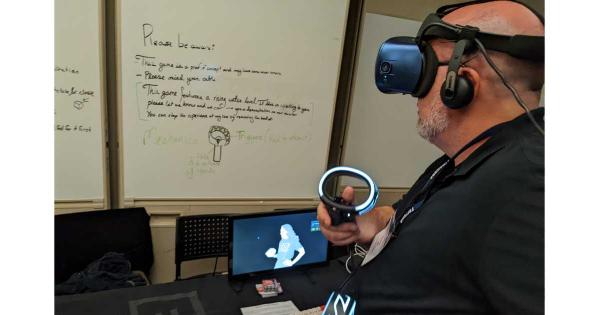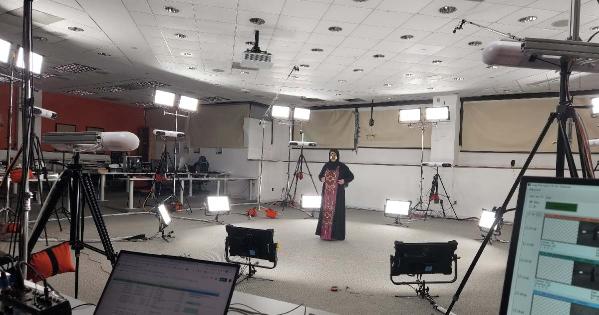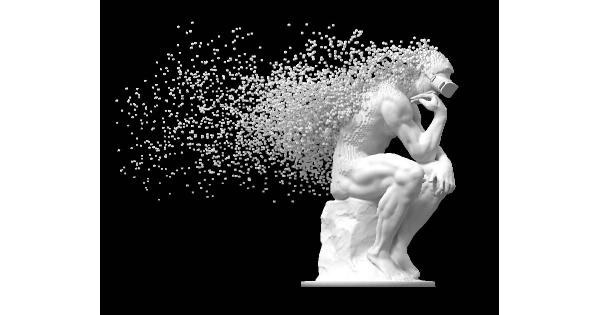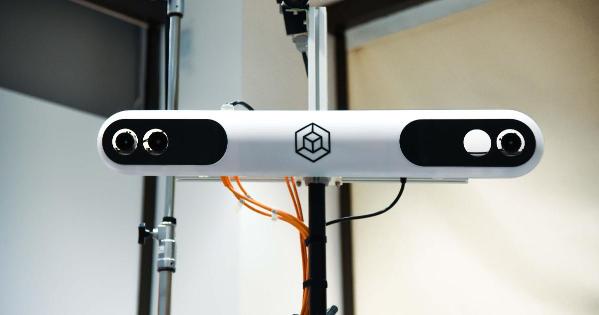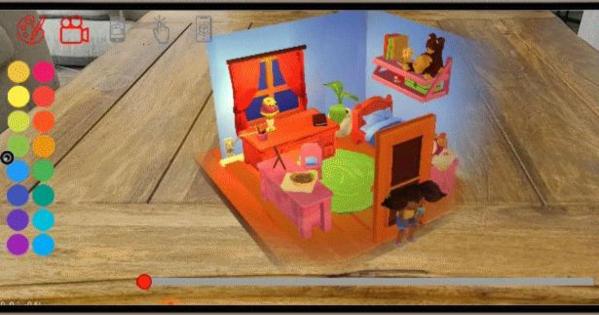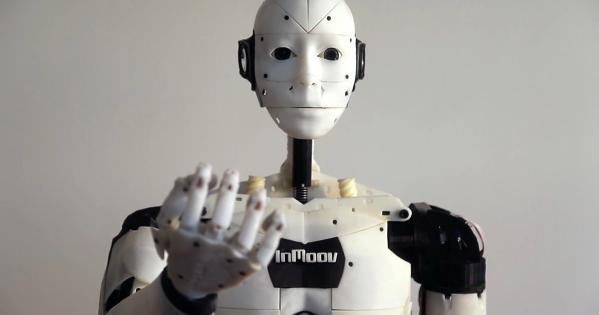Virtualizing the Subconscious

This September, Krzysztof Pietroszek visited Côte d'Azur University to begin facilitating the "Virtualization of the Subconscious" project, an innovative exploration of human consciousness through XR (Extended Reality) technologies. The project aims to digitally represent the subconscious mind by merging art with cognitive science, creating immersive experiences that allow participants to engage with the hidden layers of thought and emotion. Through this interdisciplinary approach, the project seeks to push the boundaries of how technology can visualize the complex workings of the mind.
The research objectives are centered around understanding and visualizing the subconscious in ways not previously possible. One key objective is to explore how immersive XR environments can be used to model and simulate subconscious thought processes. Another goal is to investigate how these digital representations might offer new tools for psychological research and therapeutic practices, potentially enabling breakthroughs in mental health treatments. The project also aims to examine the implications of engaging with the subconscious in a digital space, looking at how these interactions could reshape human-computer relations and enhance our understanding of cognitive processes.
